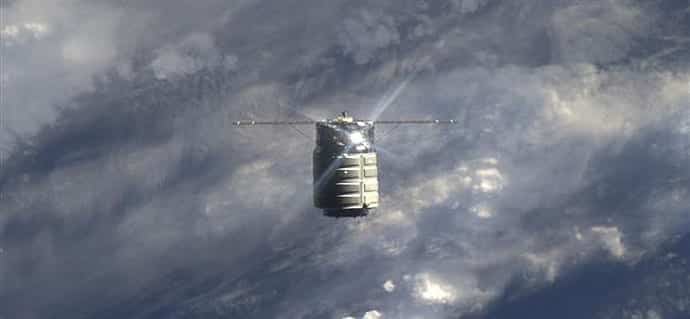NASA to test fire in space for the first time by burning unmanned orbiting craft
NASA said it will check the effects of a huge fire in space by setting off fire in the orbiting unmanned spacecraft. In the past too, NASA has let out small controlled fires in space, but did not ever check how large flames respond inside a space capsule in space.
Gary Ruff, one of the engineers leading the experiment at the US space agency’s Glenn Research Center in Cleveland, Ohio, on Tuesday said that this research “is crucial for the safety of current and future space missions.”
The aim is to measure the size of the flames, how much gas is released, how rapidly they spread, and the amount of heat produced.
Once the craft transports supplies to the International Space Station (ISS), the experiment will be carried out in an Orbital ATK Cygnus capsule.
With the final mission scheduled on March 23, the Cygnus capsule is expected to blast off from Cape Canaveral, Florida over an Atlas 5 rocket.
Ruff said that the ground control will trigger the fire on board, once the capsule undocks from the ISS and is far away from the space station.
Nicknamed as Saffire-1, the results of this experiment will decide how much fire resistance is required in the astronaut’s gear and the ultra-light material used in the spacecraft.
It will also assist NASA in developing improved fire detection and suppression systems for their spaceships, and study how microgravity and restricted volumes of oxygen affect the size of the flames.
“Understanding fire in space has been the focus of many experiments over the years,” said Ruff.
While many “small, centimeter-sized fires have been lit in space before, to really understand fire, you’ve got to look at a more realistic size.”
Temperature, oxygen and carbon dioxide sensors will record data on the fire, which is estimated to last about 20 minutes, in real time. As the material burns, the same would also be filmed by the cameras.
NASA expects the leftovers of the Cygnus capsule to plummet towards Earth and degenerate in the atmosphere a few days after the fire.

